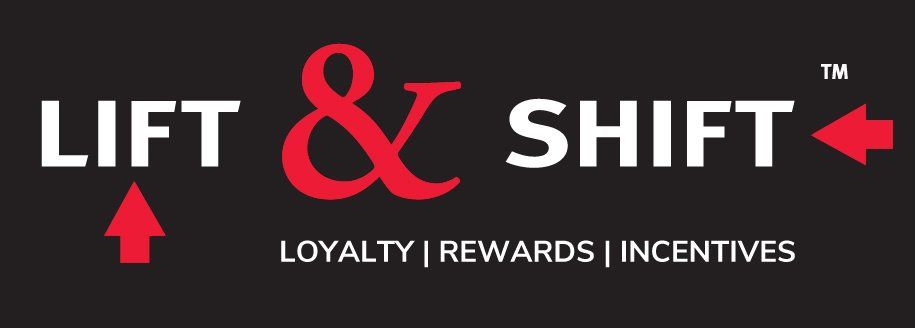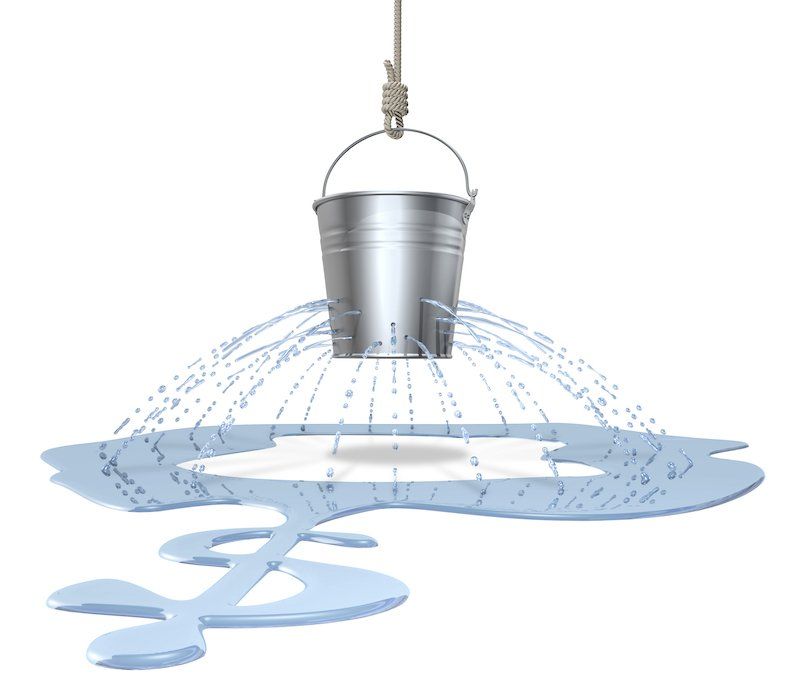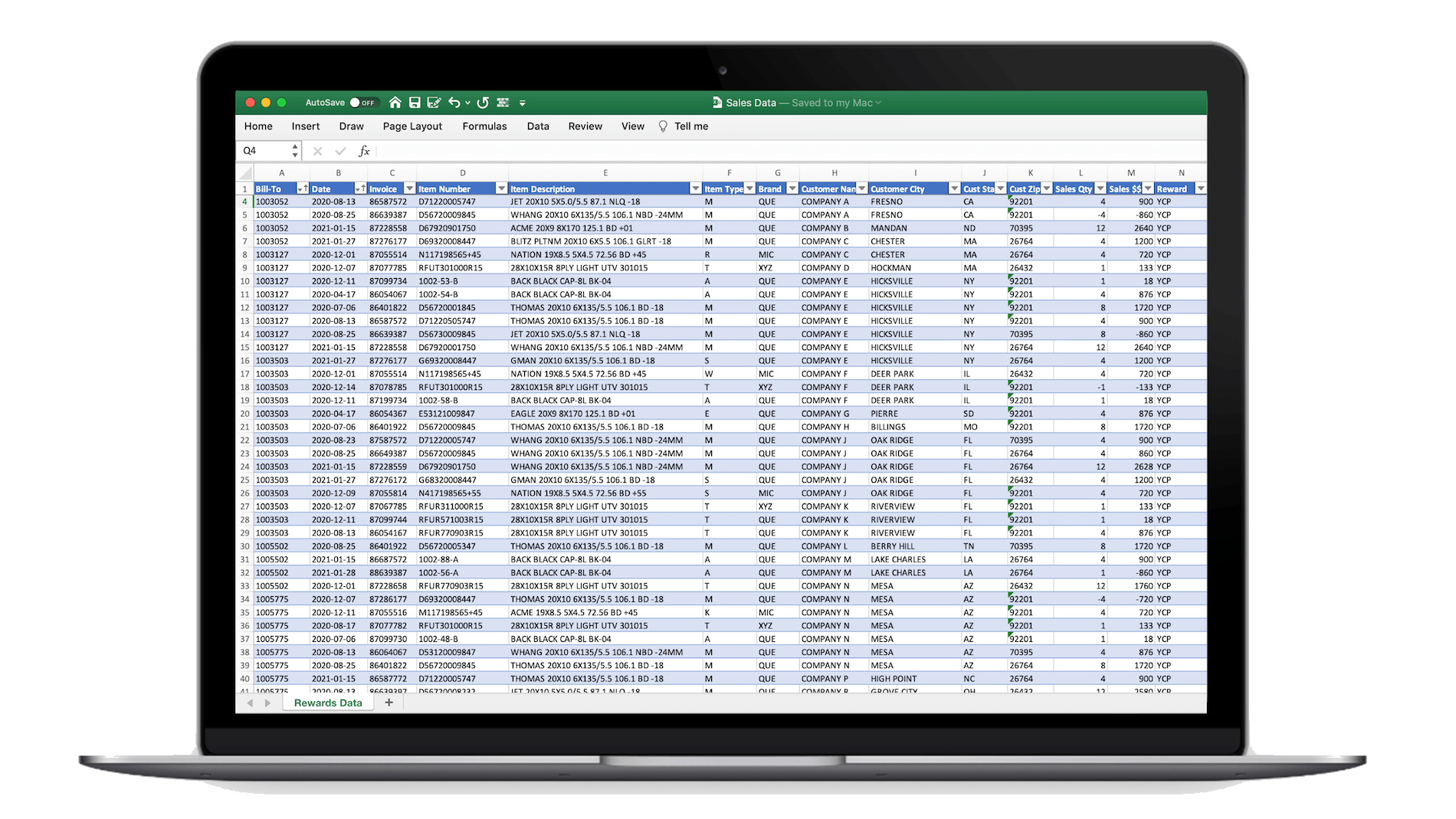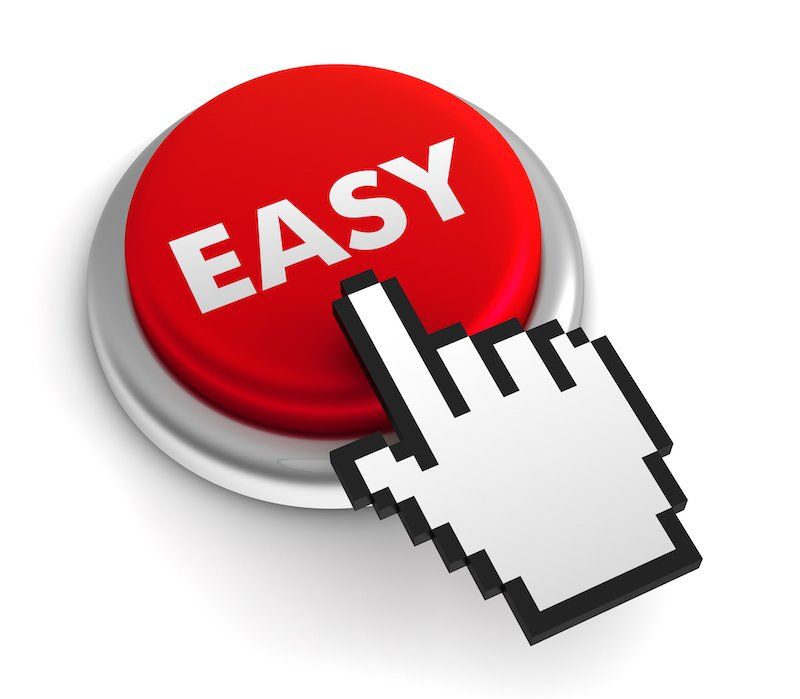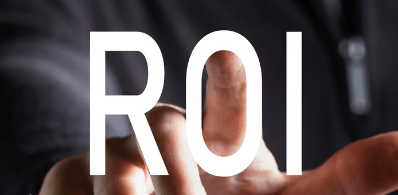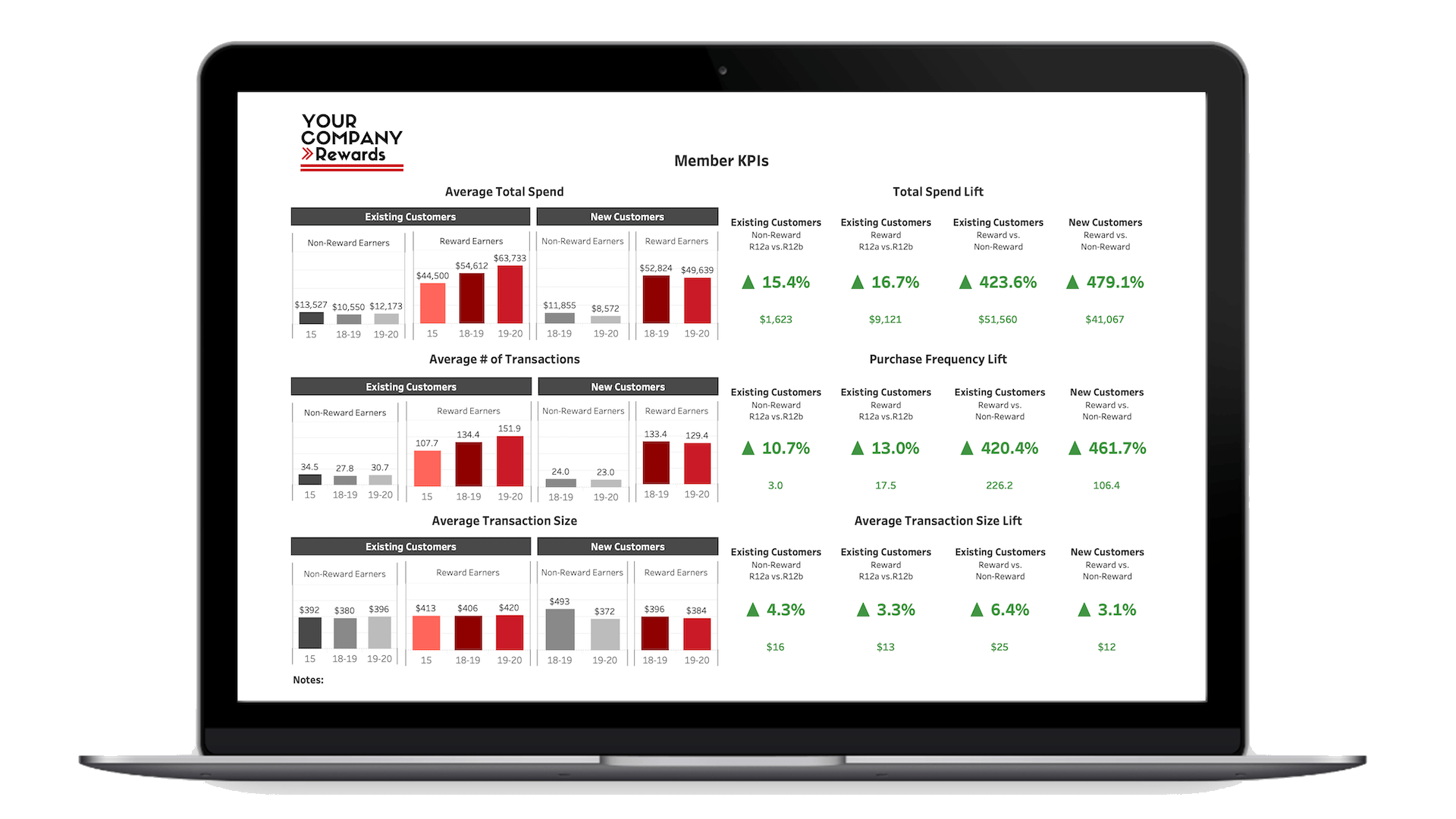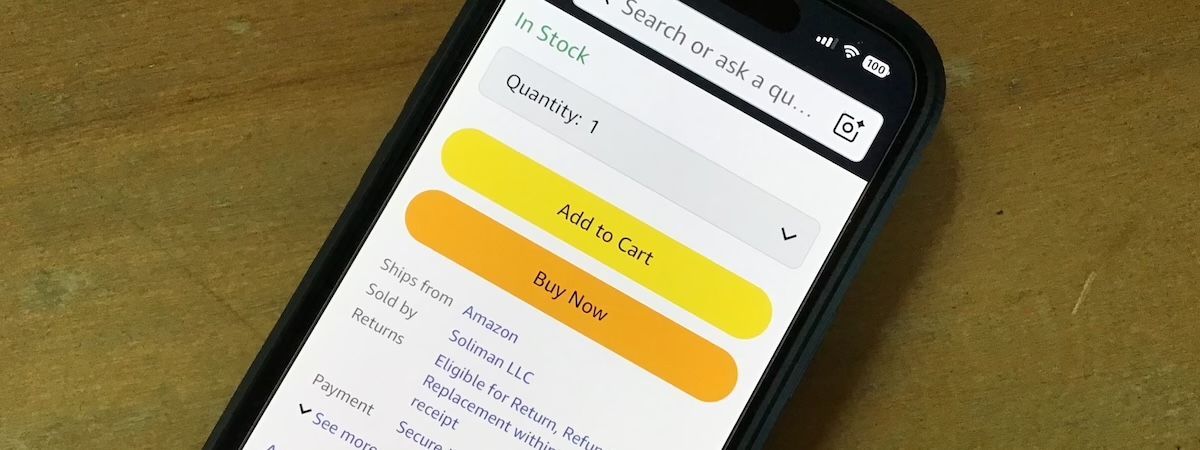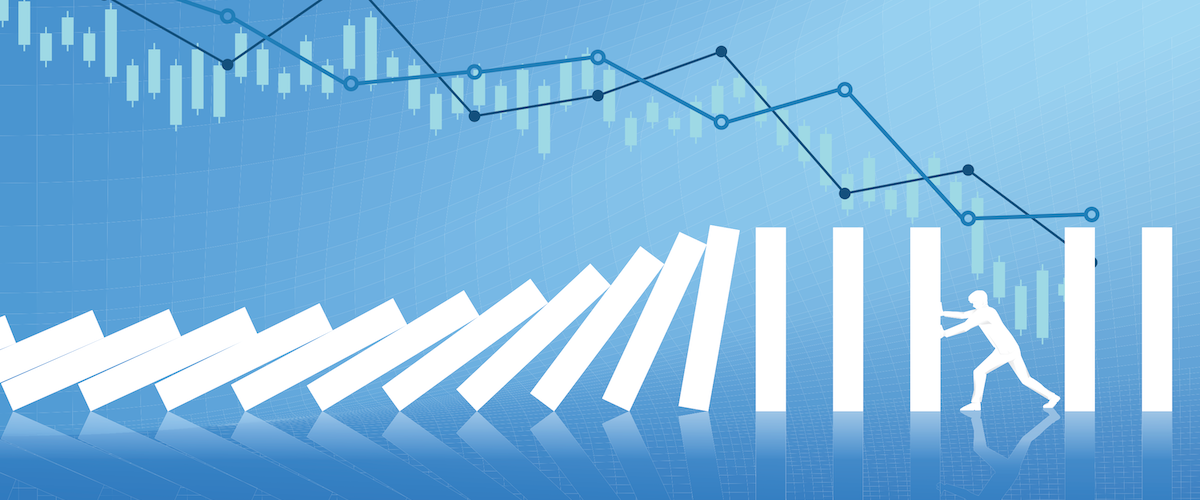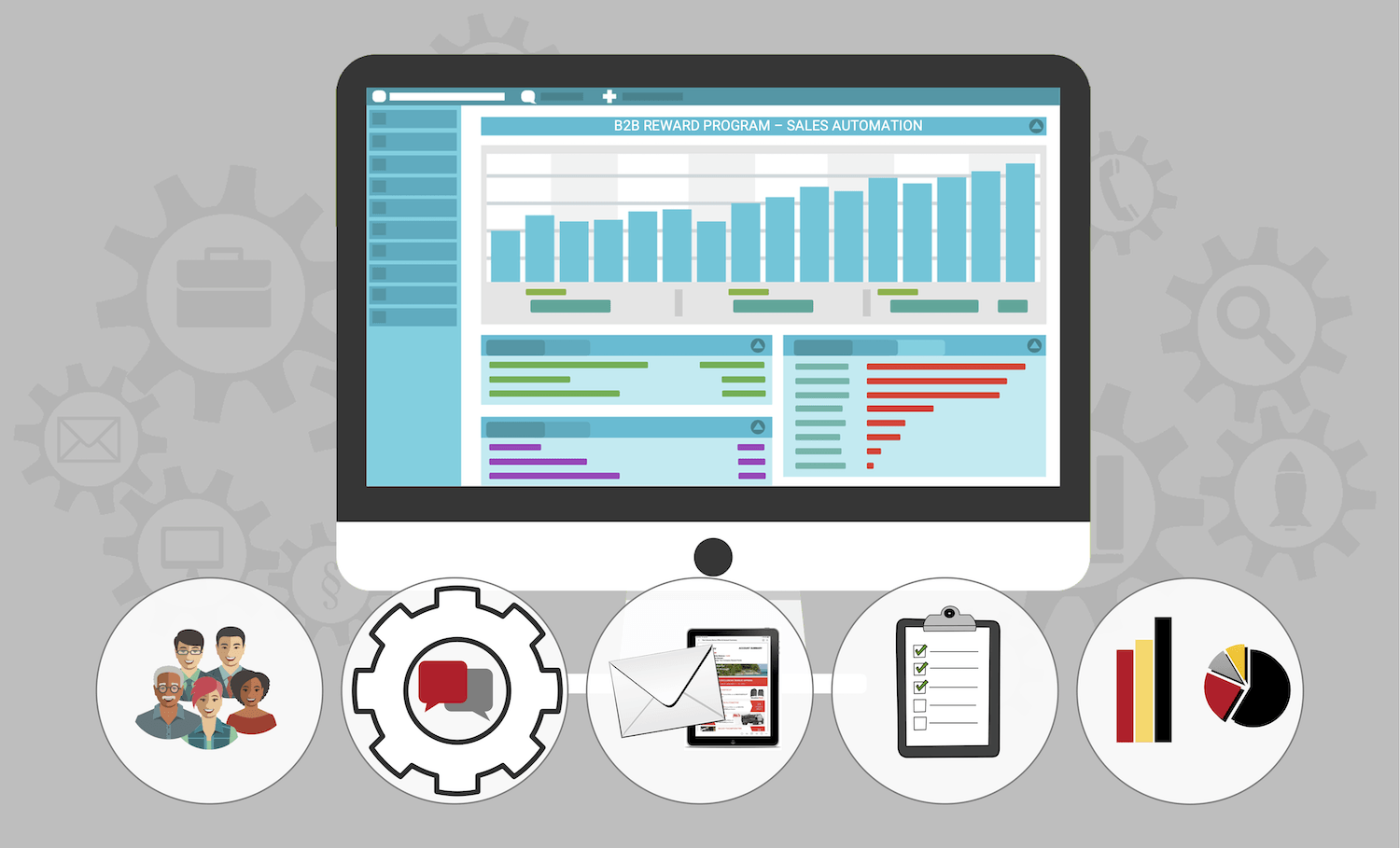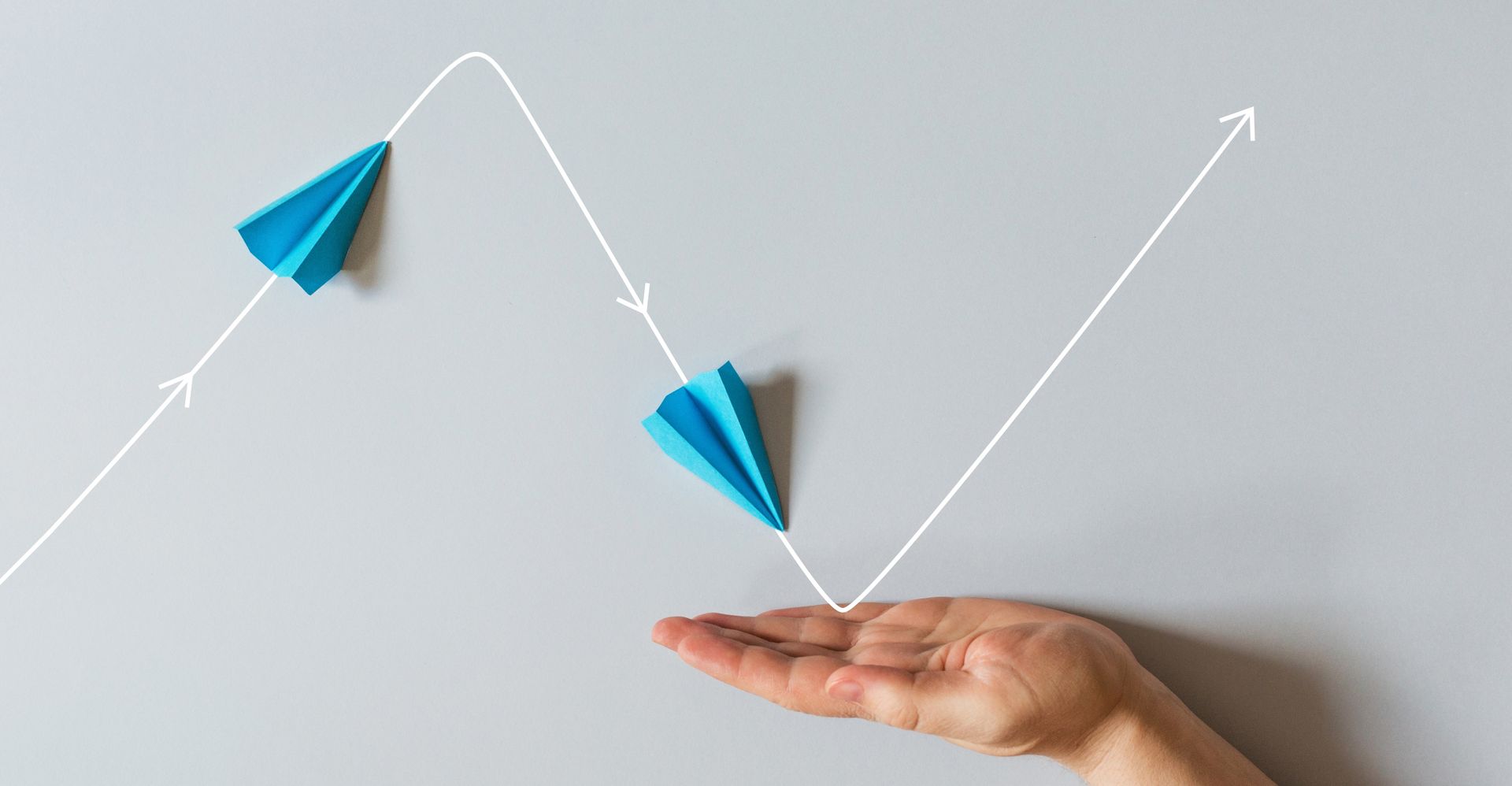Loyalty reward programs are everywhere. Most consumers participate in six or more programs on a regular basis – at the grocery store or pharmacy, when flying or staying at a hotel, or when shopping for a range of retail products, from coffee to burgers to clothing.
However, when it comes to B2B relationships, loyalty programs are less common. But they shouldn't be. A well-designed B2B rewards program leverages historical sales data to uncover valuable insights into customer buying behavior—identifying trends, gaps, and untapped opportunities.
Why customer loyalty in business matters more than you think
Numerous statistics are available to underscore the importance of customer loyalty. One commonly quoted from a Harvard Business School study notes that
“increasing customer retention rates by 5% increases profits by 25% to 95%.”
While many people might have assumed this was a B2C statistic, the reality is this simple truth applies equally to B2B—and perhaps even more so.
Traditionally, B2B loyalty was built through the personal relationships between sales reps and customers. Skilled reps understood their customers’ needs, anticipated demand, and sold the right products or services to match.
How to keep customers loyal
It's all about the sales data
Even top-performing sales reps can only know so much about every account. They may represent hundreds or even thousands of products and call on dozens or perhaps hundreds of customers. But there simply isn’t enough time in the day to learn about each customer—and call on them on a regular basis. Let’s be honest, the reps naturally prioritize top accounts, as they generate the bulk of their sales (and commissions). And there often isn’t enough time to sell in all possible product categories to these big customers, let alone call on secondary and tertiary accounts.
This is both unfortunate and ironic, as the biggest accounts are often the least profitable. The real opportunity for higher margin and incremental sales growth lies with the secondary customers. Building customer loyalty with these accounts will increase the likelihood that they become repeat customers and potentially even brand ambassadors, ultimately helping to achieve your customer acquisition objectives.
This is where the B2B reward program comes in. A loyalty program helps turn these accounts into repeat buyers, and even brand advocates, by:
- Using historical sales data to identify trends, gaps, and cross-sell opportunities.
- Rewarding only the behaviors you want to encourage—delivering a highly efficient, performance-based ROI.
What is a B2B customer loyalty program?
A customer loyalty program is simply a very effective and efficient sales tool.
- It’s effective because it relies on historical sales data to create incredibly valuable insights into the current purchase behavior of a customer, enabling your organization to address problems (e.g., sales drop-off, no recent order activity, etc.) and/or opportunities (the customer is not buying the same things that similar customers are buying but probably should be, etc.).
- It’s efficient because reward programs are performance-based sales tools where rewards are only earned by the customer IF they buy things you want them to (or engage in other desirable purchase behaviors). No purchase? Then no reward and no reward cost. What other sales or marketing program offers that sort of ROI equation?
Automating the sales process
How to create a customer loyalty program
There are numerous customer loyalty programs. The best programs feature two key ingredients:
- Proper use of historical sales data
- Customer-friendly functionality
The basics
For the purposes of this article, we’ll focus on the basics for creating a best-in-class customer loyalty program.
1. Define the program parameters
Decide who you will target:
- Direct customers
- Downstream customers through distribution
- Channel sales teams
- Or a combination
Each audience requires a tailored approach.
2. Ensure access to sales data
Without reliable data, you can’t set goals or measure results. Use your own data, secure distributor data, or collect purchase data directly from participants.
3. Analyze the sales data and put it to work
Data is a gold mine—but only if mined properly. Attempting to use an Excel table to sift through millions of lines of data is not practical. Invest in experienced analysts—and the tools and technology to enable them to do their job, identifying actionable trends and insights that drive informed decision-making.
4. Customize the program for each participant
One size DOES NOT fit all. Each customer’s purchasing is different, as are the sales opportunities. It’s fine to include generic or universal content and reward offers in a program, but the more relevant the program content and offers are for each customer, the greater the likelihood that they will be influenced by the program and respond to the sales overtures it makes to them. Segment customers by similarities and tailor offers to their specific purchasing history or sales potential. The same applies to channel programs—segment by sales volume, product categories, or sales style.
5. Make the program user-friendly
6. Measure and adjust the program
A reward program should never be static. Loyalty programs must evolve in response to changing market conditions and shifting business priorities. Track ROI regularly and adjust rules, offers, and targeting to maintain profitability. Similarly, the market challenges and opportunities facing your business are likely to change regularly, impacting your sales objectives. Any program rules or offers must change to reflect the new sales objectives.
Measuring the effectiveness of your customer loyalty program
To measure the effectiveness of the program, consider the objective(s) you were trying to achieve:
- Increase the quarterly/annual sales to each customer?
- Boost the average customer lifetime value?
- Encourage up-selling or cross-selling?
- Launching a new product line?
- Convert more customers to online orders?
Key data sets include:
- Pre-program historical sales data
- Post-launch sales data
- Existing customers who joined the program in the program
- Existing customers who did not join the program
- New customers post-launch in the program
- New customers post-launch who are not in the program
It’s not enough to simply compare a reward-earning customer’s pre-program sales data with their purchases since the program launched, as external market conditions, such as bad weather, shipping disruptions, price increases, tariffs, employee shortages, and competitive offerings, could all influence the customer’s purchasing.
How can you be certain the customer changed behavior due to the reward program?
ROI is calculated by taking the incremental sales volume, calculating your associated gross margin on these sales, and dividing the incremental gross profit by your associated reward costs (for each program objective or goal). You can also check the loyalty program's potential ROI using our
ROI calculator.
A loyalty program, when built on data and tailored to customer needs, is more than a marketing tactic—it’s a profit center. If you’re ready to explore how a B2B loyalty program can transform your sales strategy, contact us today for a free strategy session.
(Note: This article has been updated from a post originally published January 12, 2022)
The Ultimate Guide to B2B Loyalty Programs
Lift & Shift™ offers a powerful proprietary B2B reward platform that can help your company leverage its sales data to drive incremental purchases with customers and channel partners or motivate sales staff. We work with manufacturers, distributors, and service providers to analyze sales data, improve efficiencies, accuracy, service levels, and other valuable targeting opportunities.
We create and deliver highly relevant offers to customers, in-house sales staff, or sales associates, motivating your target audience to respond using a wide array of appealing reward options as influencers. Our performance-based reward structures deliver an unparalleled return on investment, with absolutely no wasted budget.
Our customizable reward platform enables clients to easily benefit from a robust loyalty reward program. It's affordable and includes Lift & Shift’s turnkey professional program administration. We take care of everything, so you can focus on your key initiatives.
